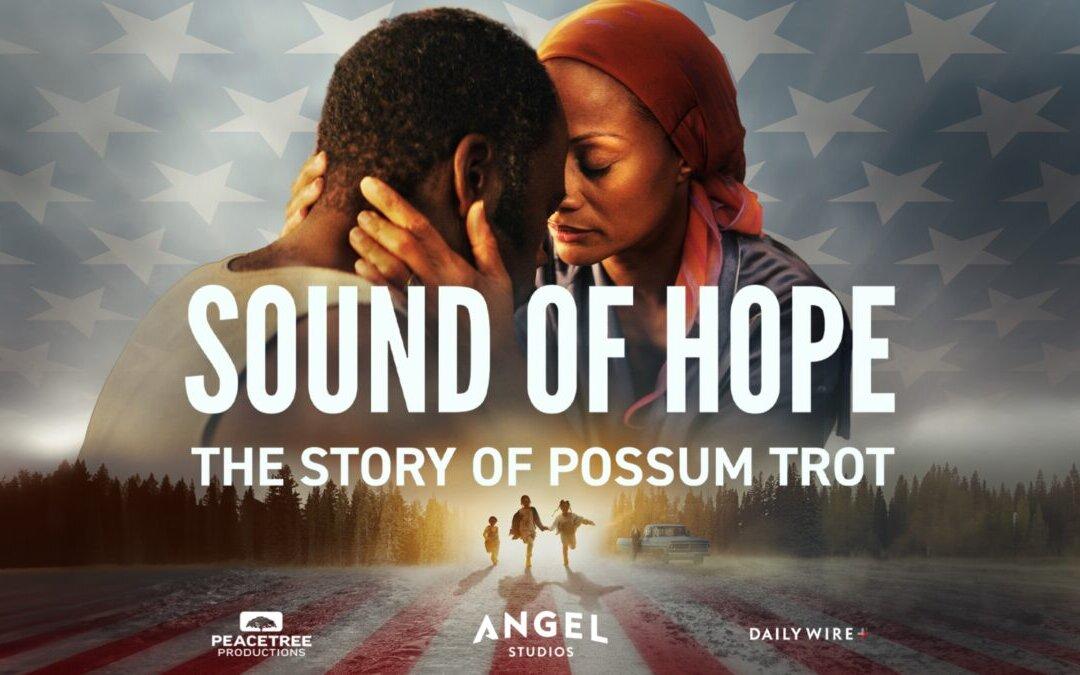Commentary
Recently, Newt and I were honored to attend the Capitol screening of “
Sound of Freedom,” hosted by Speaker Kevin McCarthy. This powerful film ended with a striking statistic: “Human trafficking is a $150 billion-a-year business. The United States is one of the top destinations for human trafficking and is among the largest consumers of child sex.”
“Sound of Freedom” is an incredibly impactful film that has challenged audiences to confront the tragic reality of child exploitation. The scourge of child sex trafficking is both a global and domestic crisis.
In fact, human trafficking cases have been reported in every
U.S. state. In a
recent article for The Daily Signal, Emma Waters, a research associate with the DeVos Center for Life, Religion, and Family at
The Heritage Foundation, wrote that according to some studies, an estimated 83 percent of child trafficking victims in the United States are Americans.
As Waters noted, “On average, a child enters the U.S. sex trade at 12 to 14 years old. Many are runaway girls who were sexually abused as children.”
Traffickers can target any child.
Vulnerable minors are particularly at risk—especially those who do not have strong support networks, who have previously endured violence, who are homeless, or who are marginalized by society.
Last year, the National Center for Missing & Exploited Children received more than
19,000 reports of possible child sex trafficking, and its CyberTipline received
31.9 million reports of child pornography.
Though child victims are often trafficked by someone they know, criminal predators and traffickers also target children using social media platforms and the internet to distribute explicit content worldwide.
A
multi-national study conducted by Snapchat’s parent company recently gathered data on Generation Z teenagers and young adults from the United States, the United Kingdom, India, Germany, France, and Australia. The research found that approximately
two of every three respondents (or someone they knew) were targeted by sextortion schemes, a crime by which victims are manipulated or coerced into creating and sharing explicit content with predators.
The study found that these young people were hacked or targeted by catfishing scams in which explicit imagery or personal information was used to blackmail victims into providing additional explicit content or money.
Additionally, according to an article published in the
MIT Technology Review, research from the Internet Watch Foundation found that the United States hosts more child sexual abuse content online than any other country.
As the
United Nations International Children’s Emergency Fund noted, “Trafficking is not just an issue that happens to people in other countries. The United States is a source and transit country and is also considered one of the top destination points for victims of child trafficking and exploitation.”
Sadly, the massive influx of illegal border crossings at the U.S. southern border is amplifying this crisis. Each year, approximately
50,000 people, mostly from Mexico and the Philippines, are trafficked into the United States.
President Joe Biden’s open border policies, which incentivize illegal immigration, are “directly linked to an increase in child trafficking in the United States,” according to
The Heritage Foundation. Consider that in Fiscal Years 2021 and 2022, the
U.S. Department of Health and Human Services counted 235,093 unaccompanied minors coming into the country, yet lost contact with more than
85,000 of them. But to be clear: These are only the children about which we know.
Despite the severity of the current crisis, we must not lose hope.
Efforts by law enforcement, such as “
Operation Cross Country,” in its 13th year, and individuals such as Tim Ballard, who have dedicated their lives to liberating children from slavery, are sources of inspiration.
Every American must take an unwavering stand against the scourge of child trafficking that is tragically occurring in America and around the world.
From Gingrich360.com
Views expressed in this article are opinions of the author and do not necessarily reflect the views of The Epoch Times.





